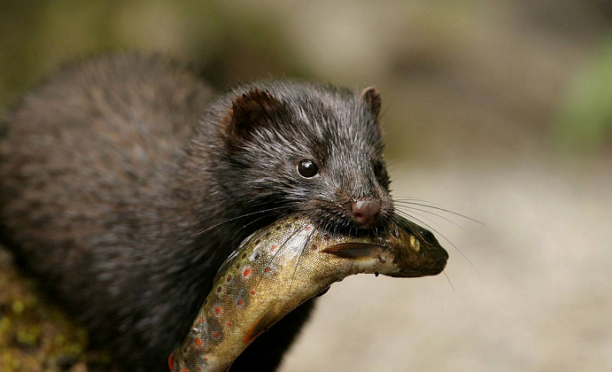A wildlife management project has reached a milestone in its mission to wipe out mink in the Western Isles.
The scheme, which was launched in 2001, has been granted extra money from Scottish Natural Heritage (SNH) to continue its work into spring 2018.
It was initially funded to the tune of £5million by EU Life, Esmée Fairbairn Foundation, CnES, RSPB Scotland, Highlands and Islands Enterprise, and SNH.
Mink numbers on Lewis and Harris have been cut to a level at which scientists consider they are no longer viable.
Just six were caught in 2016.
Project manager Iain Macleod said: “This encouraging result makes it highly likely that for the first time since they escaped from fur farms in the 1960s no mink have bred in Lewis and Harris.
“The work goes on to ensure that mink, which can have a devastating impact on our internationally renowned native animals and birds, are taken out of the equation.”
Among species most threatened were common and Arctic tern, whose numbers had dwindled as a result of sustained predation from mink.
The project has been a success thanks to a combination of hardy trappers and modern technology – using GPS to locate traps, satellite trackers and remote alert devices to text the trapping team when something has been caught.
Mr Macleod acknowledged recent comments in Lewis and Harris about a rise in the rat population being attributable to mink numbers being driven down.
The agency says the fact that crofters can now keep hens, which were predated so heavily by mink in the 1980s and 1990s that it was impossible to keep them, has resulted in an additional food resource being available to rats.
And it reports that more feeding of livestock, feeding of wild birds and increased use of composting have added to the availability of food sources for rats.
Since the removal of mink, terns have dispersed to numerous historically used colony sites and are breeding well. Gulls, ducks and divers are doing equally well.
And the return of species including water rail and moorhen has been a bonus. Small birds such as dippers and waders are also believed to have benefited.
Robin Reid, RSPB Scotland’s Western Isles conservation officer, supported the ongoing work.
He said: “Non-native invasive species present one of the greatest threats to wildlife globally and island environments such as the Outer Hebrides are particularly susceptible.”










